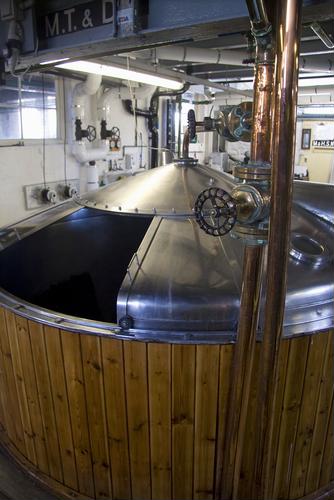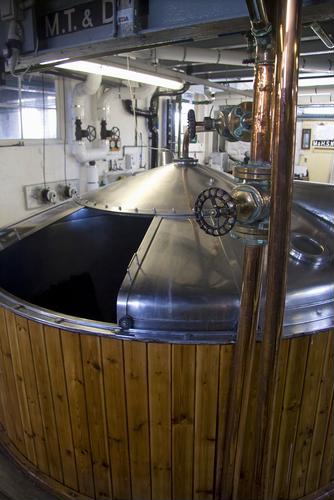
Collecting and analyzing data is becoming increasingly important for many businesses. Extending data collection one step further by automating it can add up to significant improvements in product quality and operational efficiency. A prime example of automated data collection at work was recently shared by the Financial Post, which detailed the story of a small brewery that decided to embark on performance benchmarking initiatives.
According to the source, Moosehead Breweries decided to benchmark its performance against its industry competitors roughly four years ago, and the company immediately noticed a few significant gaps that needed to be closed. Wayne Arsenault, vice president of operations at Moosehead Breweries, explained that it specifically fell short in the areas of controls and automation.
“Getting to an automated state is a matter of competitive survival for brewers of any size,” Arsenault said to the source. “Beer pricing is relatively stagnant, so clearly breweries need to do something to reduce costs. Larger competitors have already significantly reduced theirs. We had to react to keep up.”
Automated Data Collection Provides Insights on Operational Efficiency
Moosehead then embarked on a business initiative to completely overhaul its operations and supply chain management, using data capture software to identify specific production areas that were particularly in need of adjustments. The company’s $21 million investment revived segments such as material handling, inspection, labeling and packing. So far, Arsenault indicated that the company has seen substantial improvements in productivity.
Dwayne Wanner, president of Highlander Brew Co., explained to the source that automated processes are fairly new to the brewing industry, with smaller companies lagging far behind the biggest, well-automated businesses.
“Some of those facilities are so big you can ride in golf carts and you’d be hard put to find a human being,” Wanner told the source. “These places are very, very efficient. The scale of these operations has demanded they be efficient or die. While there may be a limited number of automated solutions for smaller operators, the ROI can be compelling. In certain areas, an automated solution can replace the labor of three men. The terms of reference for ROI are very short in those scenarios.”
The Importance of Data
Wanner’s observations about the value of automation especially hold true with data collection. While initial data capturing initiatives will likely be wide-ranging so that business decision-makers can get a more comprehensive picture of operations, regular automated data collection is integral for consistent evaluation and maintenance.
Measurement was further discussed in a recent abdi report, which outlined improvement as the main function of measurement.
“This outcome framework supports what is sometimes called process evaluation,” abdi stated. “In other words, it helps identify what in the process contributed to the other outcomes, notably impact and value for money. It is also useful for analyzing the effectiveness as well as the efficiency of each step in the process. This is evaluation as a management tool. Like all similar management tools that are used to improve, it ‘fits’ best in a culture that accepts that to improve you need good data to review, measure, reconfigure, re-measure and learn from in the continuous and virtuous cycle of improvement.”
In Moosehead’s scenario, the data capture system utilized enabled the company to improve inventory management. Specific changes made to packing processes have allowed Moosehead to reduce assets by 70% without negatively affecting production volumes. In addition, the company used data to make improvements to its labeling system and canning line.
Businesses can implement automated data collection to reach the next level of productivity. At the same time, such initiatives can lead to reduced waste, lower capital costs and saved space due to improved inventory management.






